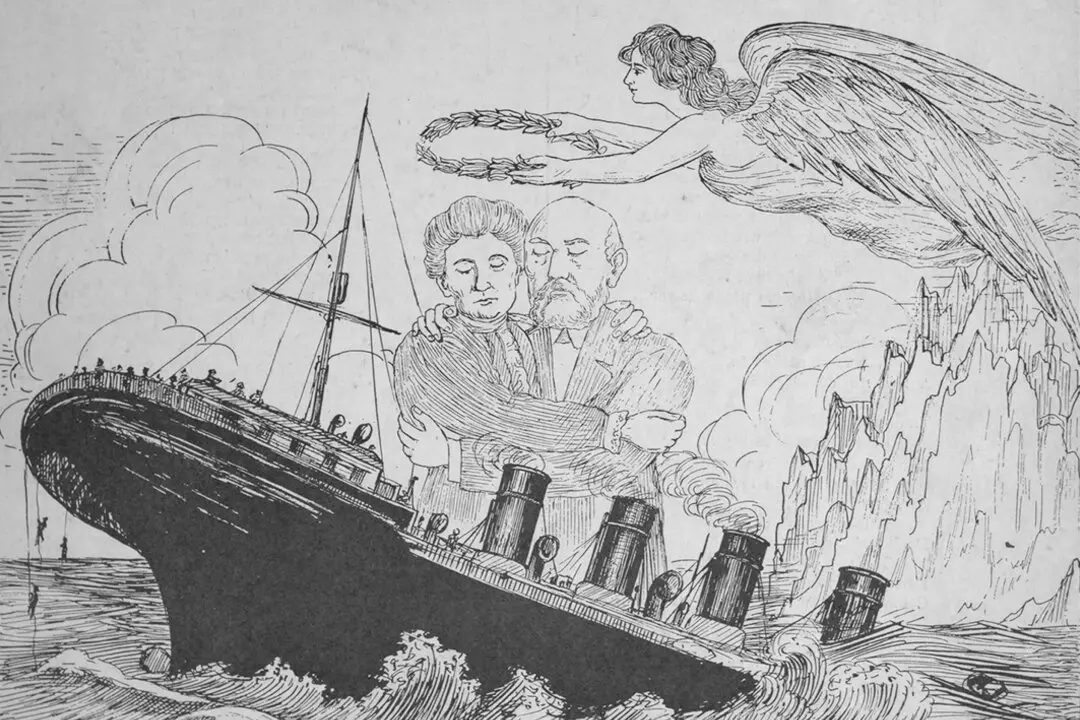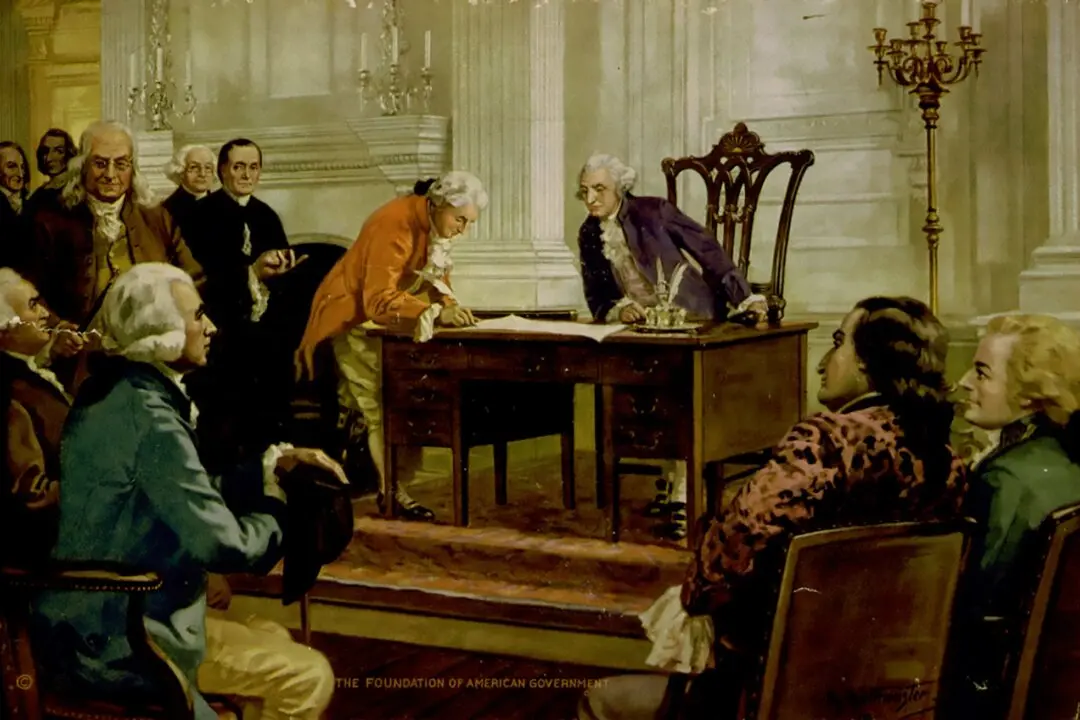More than a century after his death, Mark Twain (1835–1910), the pen name for Samuel Langhorne Clemens, remains a figure of controversy. Some schools, for example, have dropped his American classic “Adventures of Huckleberry Finn” from required reading lists for its racial language.
Twain’s religious skepticism, directed in particular toward Christianity, has also made his reputation a battleground between believers and atheists. In both his public speaking and his writing, Twain satirized Christians, the Bible, and religion in general, though during his lifetime he proceeded with caution so as to avoid alienating readers. Only many years after his death did his daughter Clara and others publish some of his more controversial attacks on faith, like “The Mysterious Stranger” and “Letters From the Earth.”






